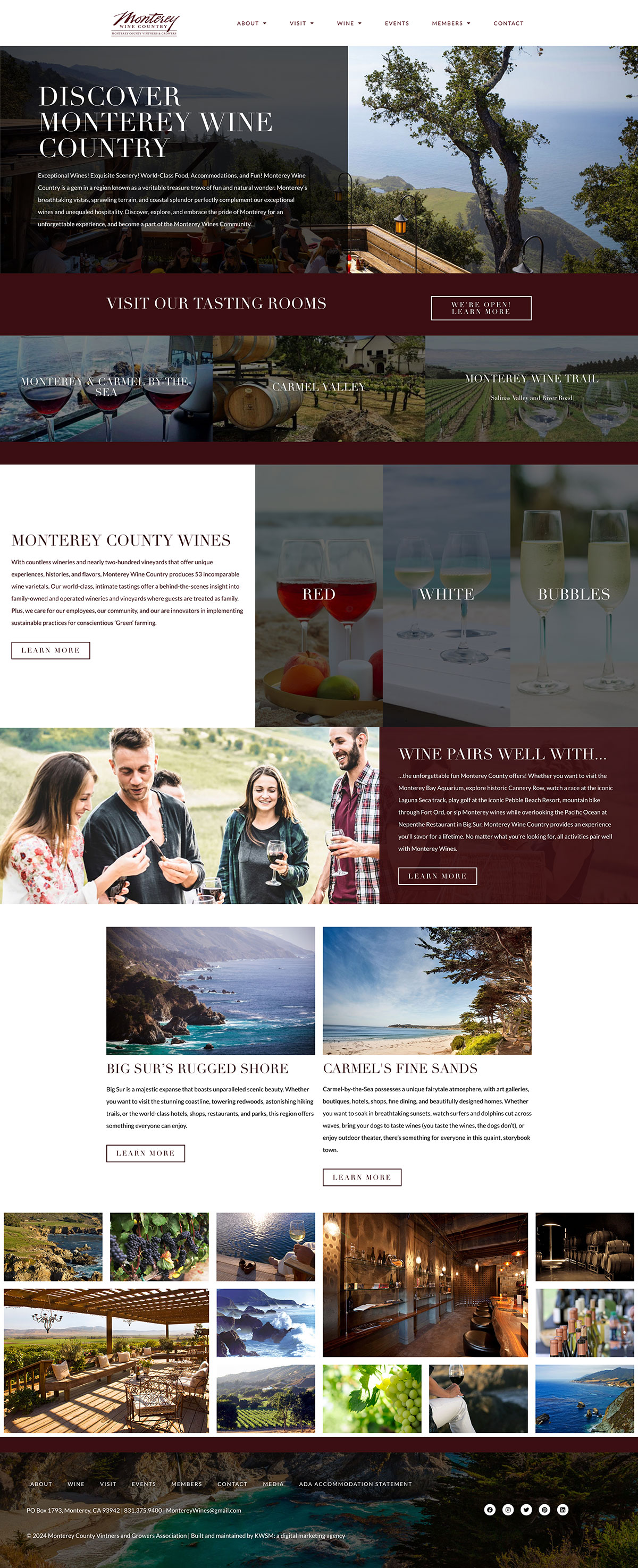May 19 is Global Accessibility Awareness Day (GAAD). As the world increasingly moves into the digital space for common everyday necessities, those that work in the digital space, including web designers and marketers, value the importance of web accessibility. In 2020, 14 million Americans had some type of visual impairment, and 37.5 million adults had some type of auditory impairment. Mobile and cognitive disabilities are more widely understood now than ever in health and medicine. However, almost all homepages that exist on the internet today were found to have at least one WCAG 2.0 failure.
One in four adults will live with a disability, even a temporary one, at some point in their lives. Making a website accessible is not just for those with long-term disabilities — it’s for everyone. Having a website that is accessible for those with visual, audio, mobile, and cognitive impairments benefits users and directly benefits the site itself.
What is WCAG 2.0?
WCAG is Web Content Accessibility Guidelines. These guidelines for WCAG 2.0 cover website design and functionality and ensure that sites are perceivable, operable, understandable, and robust. 2.0 focuses on aspects like text size, color, making links easy to locate, and making information accessible in different ways, among other considerations. 2.1, the latest version, was put into law in 2018. 2.1 does not supersede 2.0 but adds seventeen considerations for adaptability, keyboard accessibility, motion and animation, time, and input.
How Web Accessibility Helps Both Your Business and Your Visitors: SEO Considerations
Website accessibility requires developers to make information accessible on a page in several different ways. This includes best practices like alt tags, button labels, making all documents on a page HTML accessible, and other considerations. Does this sound familiar? Making your website accessible goes hand-in-hand with optimizing your website for SEO. Implementing accessibility into your SEO plan ensures benefits for both your page and your users’ experience.
Some Web Accessibility First Steps
Website accessibility is a strategy that can be implemented thoroughly, but it takes time. If it is a priority for your business to have a site that is fully WCAG 2.1 compliant, talk to your web developer. To start making your website more accessible today, here are some first steps to consider:
Alt-Text: Add alternative text to images or documents with important information. Those with visual impairments often use site readers to hear information, but they cannot access that information if the text is not intrinsic to the language of the page.
Slow Down Your Slider: Give your users time to read the information in your slider by slowing it down and giving users the option to click through at their own pace. Avoid distracting animations, cluttered words, and jarring colors in your slider.
Accessibility Plugin: Ask your developer to install an accessibility plugin to your site. A plugin will modularly change aspects of your website for users, including making text bigger, further apart, and dyslexia friendly. KWSM uses Userway for our website.
According to WebAIM, the average homepage has over 60 WCAG 2.0 errors.
Are you ready to come up in more search results, make sure the right people are finding you online, and increase the number of people that stay on your website? Our team remains on the cutting edge of constantly changing SEO and Accessibility practices.
CONTACT US to schedule a complimentary website audit to check your site’s performance.












